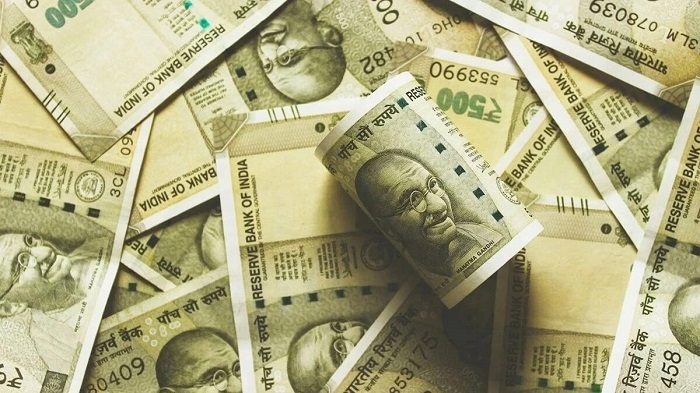
Chief economic adviser (CEA) V Anantha Nageswaran on Tuesday said India’s gross domestic product (GDP) can still grow by 7% in the current financial year, despite the growth slowing down in the third quarter of the year.
“The trends that we have in terms of high-frequency data for 2022-23 for the fourth quarter do indicate that achieving that assumed growth rate (5.1%) in Q4 is well within the realm of possibility and therefore the 7% real GDP growth estimate for 2022-23 is very realistic,” Nageswaran said. The GDP growth of 5.1% is possible in the January-March quarter, he added.
India’s economy recorded an annual growth of 4.4% in October-December 2022, down from 6.3% in July-September 2022.
He said there are enough signs that manufacturing is in good health, but India has to be prepared to deal with El Nino and weather-related uncertainties. The manufacturing sector‘s output, as per the gross value added in Q3FY23, contracted 1.1% compared with a growth of 1.3% in the year-ago period.
Nageswaran, however, said “manufacturing sector is in good health. Core sector data and high-frequency indicators show continued growth momentum”.
The production of eight core sector industries grew at a 4-month high of 7.8% in January.
Acknowledging the risks from global and local inflation, the CEA said that policymakers need to be ready with supply-side and monetary policy measures to tackle inflation uncertainties.
“There has been a slight uptick in the inflation data for January and RBI has also maintained its forecast that inflation will come down gradually. We do have some uncertainty related to the monsoon because of El Nino activity. So, we should be ready with supply-side and monetary policy measures in the next financial year,” Nageswaran said.
The finance ministry’s Economic Survey has projected economic growth to be 6.5% in FY24. Downside risks dominate in relation to the 6.5% growth forecast for the next fiscal, he said.
“There are upside risks as well. And that comes from let’s say, the limited impact of crude oil prices. Maybe in the second half of the new financial year, monetary policy may come to a halt in terms of tightening in the developed world and may even reverse in the second half of the financial year, leading to improvement in capital inflows,” the CEA said. (Financial Express)
